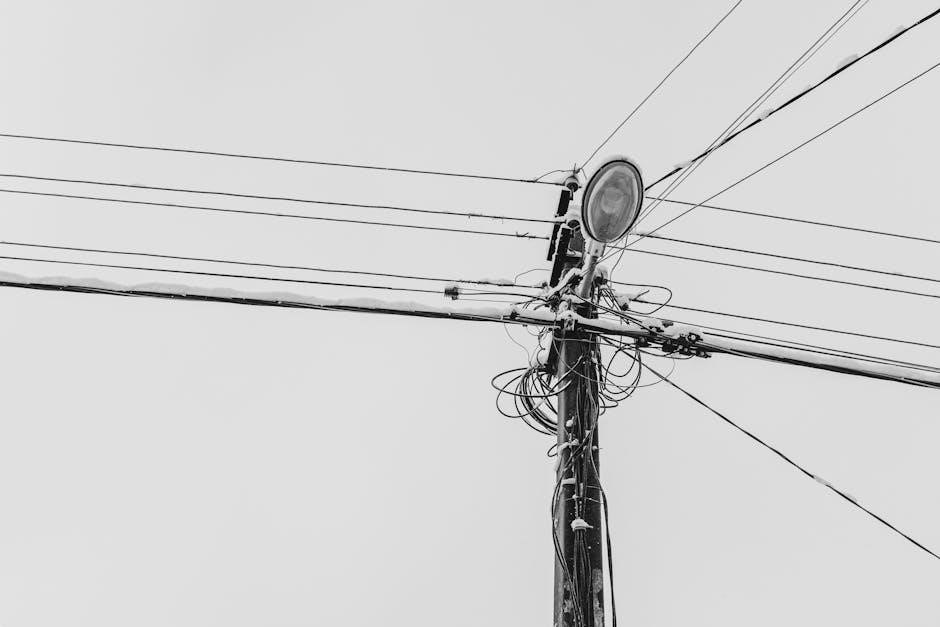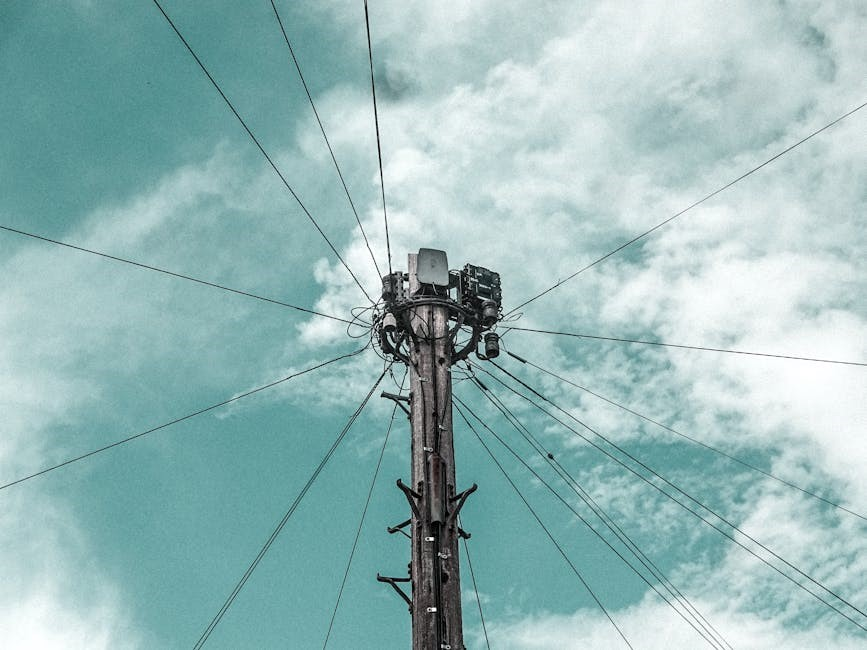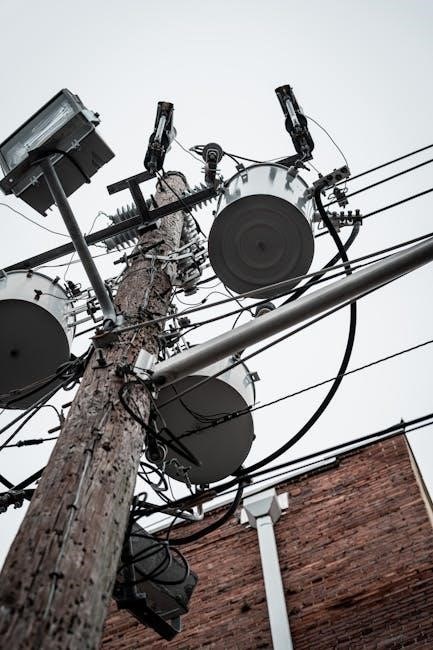Weave Pole Guide Wires: A Comprehensive Guide
Welcome to your comprehensive guide on weave pole guide wires! This resource will delve into everything you need to know about these essential agility training tools․ We will explore their various types, materials, and installation processes․
Weave pole guide wires are indispensable tools in the world of dog agility training, designed to facilitate the learning process for dogs navigating weave poles․ These wires act as visual and physical guides, helping dogs understand the weaving pattern required to successfully complete the obstacle course․ They come in various forms, from simple clip-on wires to more elaborate PVC pipe structures, catering to diverse training styles and budgets․
The primary function of guide wires is to create a clear pathway for the dog, minimizing confusion and encouraging correct technique․ By providing a tangible barrier, these guides help dogs develop muscle memory and confidence as they learn to weave․ Whether you’re a seasoned agility competitor or a newcomer to the sport, weave pole guide wires can significantly enhance your dog’s training experience, leading to faster progress and improved performance on the agility course․
Purpose of Guide Wires in Agility Training
The fundamental purpose of guide wires in agility training revolves around assisting dogs in mastering the intricate art of weaving through poles․ By providing a clear visual and physical pathway, guide wires minimize confusion and accelerate the learning curve for dogs new to this challenging obstacle․ They essentially create a “weave chute,” guiding the dog through the correct sequence and fostering muscle memory․
Moreover, guide wires aid in preventing common training setbacks, such as dogs skipping poles or exiting the weave prematurely․ They offer a structured learning environment, enabling trainers to gradually increase the difficulty by raising or removing the wires as the dog progresses․ Ultimately, the goal is to develop a confident and accurate weave, leading to improved performance and greater success in agility competitions․ Guide wires provide a solid foundation for achieving that objective․
Types of Weave Pole Guides
Navigating the world of weave pole guides reveals a variety of options, each designed to cater to different training needs and preferences․ Among the popular choices are clip-on guide wires, known for their ease of use and affordability․ These typically attach directly to the weave poles, creating a visual barrier for the dog to follow;
Another common type involves PVC pipe guides, which offer a more robust and durable structure․ These guides often consist of PVC pipes connected to form a continuous path, providing enhanced stability and guidance․ Lastly, for the resourceful trainer, DIY guide options abound, allowing for customization and cost-effectiveness․ These may involve using various materials to create a unique guiding system tailored to the dog’s specific learning style and the trainer’s creative vision․ Each type offers distinct advantages, making it essential to consider individual requirements when selecting the ideal guide․
Clip-on Guide Wires
Clip-on guide wires stand out as a popular choice within the realm of dog agility training due to their user-friendly design and affordability․ These wires typically feature a simple clip mechanism, allowing for effortless attachment and removal from weave poles․ This ease of installation makes them ideal for trainers who value convenience and flexibility in their training setups․
Often crafted from materials like aluminum or durable plastics, clip-on guide wires offer a lightweight yet sturdy structure to guide dogs through the weave pole sequence․ Their design facilitates quick adjustments, enabling trainers to modify the height and spacing of the wires as the dog progresses in skill․ The clip-on mechanism ensures a secure fit, preventing slippage during training sessions․ Moreover, their relatively low cost makes them an accessible option for both novice and experienced agility enthusiasts seeking an effective training aid․
PVC Pipe Guides
PVC pipe guides offer a more robust and visually distinct alternative for guiding dogs through weave poles․ Unlike wire guides, these typically consist of sections of PVC pipe connected to the poles, creating a more substantial barrier and visual cue for the dog․ This design can be particularly helpful for dogs who need a clearer understanding of the weaving pattern․
PVC pipe guides are known for their durability and resistance to wear and tear․ They can withstand repeated use and exposure to various weather conditions, making them suitable for both indoor and outdoor training․ The solid structure also provides a degree of safety, as they are less likely to sag or break compared to thinner wire guides․ The larger surface area can also be customized with colors or markings to further enhance visibility and aid the dog’s learning process․
DIY Guide Options
For agility enthusiasts looking for a cost-effective and customizable solution, DIY guide options offer a fantastic alternative to commercially available products․ These guides can be crafted using a variety of materials and methods, allowing you to tailor them to your specific needs and preferences․
One popular DIY approach involves using flexible tubing, such as polyethylene or vinyl, to create guide wires․ This tubing can be easily attached to the weave poles using zip ties, clamps, or even snap tees․ Another option is to repurpose materials like garden hoses or rope, providing a unique and budget-friendly solution․ DIY guides offer the advantage of being easily adjustable and replaceable, allowing you to experiment with different configurations and materials to find what works best for your dog․ This hands-on approach also provides a deeper understanding of how guide wires function and how they can be optimized for training․
Materials for DIY Guide Wires
Creating your own weave pole guide wires opens up a world of possibilities regarding materials․ The choice depends on factors like budget, durability, and desired flexibility․ Polyethylene tubing, often used for irrigation, is a popular option due to its affordability and ease of cutting․ PVC pipe, while less flexible, offers greater sturdiness and can be used for creating a more rigid guide system․
For attachment, consider zip ties, which are inexpensive and readily available․ Clamps provide a more secure and adjustable connection․ Alternatively, you can use snap tees, which allow for easy installation and removal․ Other useful materials include rope, garden hoses, and even repurposed wire․ When selecting materials, prioritize safety by ensuring that all edges are smooth and free of sharp points that could injure your dog․ Consider using brightly colored materials to enhance visibility for both you and your dog during training․
Sizing and Compatibility
Ensuring correct sizing and compatibility is crucial for the effectiveness and safety of your weave pole guide wires․ Guide wires come in various sizes, typically designed to fit standard weave pole dimensions․ It’s essential to measure your weave poles accurately before purchasing or constructing guide wires․ Common sizes include those designed for 3/4 inch and 1-inch PVC pipes, which are frequently used in agility setups․
When working with PVC pipes, compatibility with Schedule 40 PVC is often specified, indicating a particular wall thickness and outer diameter; If you’re unsure about your weave poles’ dimensions, measure the outside diameter to ensure a proper fit․ Using guide wires that are too loose or too tight can lead to instability, difficulty in installation, and potential hazards during training․ Always double-check measurements and compatibility before use․

Guide Wire Sizes (3/4 inch, 1 inch)
When selecting weave pole guide wires, understanding the available sizes is paramount for a secure and functional fit․ The most common sizes are designed to accommodate weave poles made from either 3/4 inch or 1-inch PVC pipes․ These measurements refer to the nominal inner diameter of the PVC pipe that the guide wire is intended to fit over․
It’s crucial to accurately measure the outer diameter (OD) of your weave poles to ensure compatibility․ A 3/4 inch guide wire typically fits poles with an OD of approximately 1 1/16 inches, while a 1-inch guide wire will fit a larger OD․ Using the wrong size can result in guide wires that are either too loose and ineffective or too tight and difficult to install, potentially causing damage or instability․
Compatibility with PVC Pipe (Schedule 40)
When considering weave pole guide wires, ensure compatibility with the type of PVC pipe used for your weave poles, particularly Schedule 40 PVC․ Schedule 40 is a standard dimension ratio for PVC pipe, indicating its wall thickness and pressure rating․ Most commercially available and DIY weave poles utilize Schedule 40 PVC due to its durability and cost-effectiveness․
Guide wires are often designed specifically to fit Schedule 40 PVC, with sizes corresponding to the inner diameter of the pipe (e․g․, 3/4 inch or 1 inch)․ It’s essential to verify that the guide wires you choose are compatible with Schedule 40 PVC to ensure a snug and secure fit․ Using guide wires designed for other types of piping may result in improper fitment, compromising the effectiveness and safety of your agility training setup․ If unsure, measure the outer diameter of your PVC pipe and compare it to the specifications of the guide wires․
Installation and Assembly
The installation and assembly of weave pole guide wires are typically straightforward, often requiring no specialized tools․ Most guide wires, especially clip-on types, are designed for easy attachment and removal․ Begin by identifying the correct orientation of the guide wires, ensuring they create a smooth and consistent channel for your dog to weave through․
For clip-on guide wires, simply snap them onto the weave poles at the desired height, usually around your dog’s line of sight․ Ensure that the clips are securely fastened to prevent slippage during training․ DIY guide wires might involve more involved assembly, such as connecting wire segments or attaching PVC fittings․ Always follow the manufacturer’s instructions or DIY plans carefully to ensure proper assembly and stability․ The correct setup is crucial for effective training and preventing injuries․

Using Guide Wires for Training
When introducing weave pole guide wires, start by familiarizing your dog with the setup․ Allow them to explore the weave poles and guide wires at their own pace, using positive reinforcement such as treats and praise․ Begin by guiding your dog through the weave poles, using a leash if necessary, and rewarding them for each successful weave․
As your dog becomes more confident, gradually increase the speed and complexity of the weave․ You can also adjust the height of the guide wires to challenge your dog further․ Once your dog consistently performs the weaves correctly with the guide wires in place, slowly begin to raise or lower the wires, eventually removing them altogether․ Remember to be patient and consistent throughout the training process․

Benefits of Using Guide Wires
Weave pole guide wires provide a clear visual pathway for your dog, making it easier for them to understand the weaving pattern․ This accelerated learning process can save you time and frustration during training․ Guide wires help dogs build confidence as they learn to navigate the weave poles correctly, reducing the likelihood of errors and hesitation․
Guide wires promote consistency in your dog’s weaving technique, ensuring they enter and exit the poles correctly every time․ This consistency can improve their overall agility performance and speed․ By preventing incorrect entries and exits, guide wires can minimize the risk of injuries, such as collisions with the poles․
Troubleshooting Common Issues
One common issue is guide wires that are too loose or too tight, which can hinder your dog’s progress․ Ensure the wires are properly secured but allow for some flexibility․ If your dog is still skipping poles even with guide wires, consider adjusting their height or spacing to better suit your dog’s stride․
Another issue is that dogs can become overly reliant on the guide wires, struggling when they are removed․ Gradually raise the guide wires up out of the dog’s line of sight to wean them off slowly․ Check the guide wires regularly for wear and tear, replacing any damaged components to maintain safety․
Safety Considerations
Prioritize safety when using weave pole guide wires․ Always inspect the wires for sharp edges or protruding parts that could injure your dog․ Ensure the guide wires are securely attached to the weave poles to prevent them from falling or shifting during training․
Choose materials that are non-toxic and durable, avoiding anything that could splinter or break easily․ Supervise your dog closely during training sessions, especially when introducing guide wires for the first time․ If your dog shows signs of stress or discomfort, stop immediately and reassess your approach․ Regularly check the ground surface around the weave poles for any hazards․

Where to Buy Guide Wires
You can purchase weave pole guide wires from various sources, both online and in physical stores․ Online retailers like Amazon and specialty dog agility equipment stores such as The Dog Agility Shop offer a wide selection of guide wires in different sizes and materials․
Local pet stores and training supply shops may also carry guide wires, providing an opportunity to inspect the products before buying․ When purchasing, consider the reputation of the seller and read customer reviews to ensure you are getting a quality product․ Compare prices and shipping costs from different vendors to find the best deal․ Some manufacturers offer direct sales through their websites as well․






